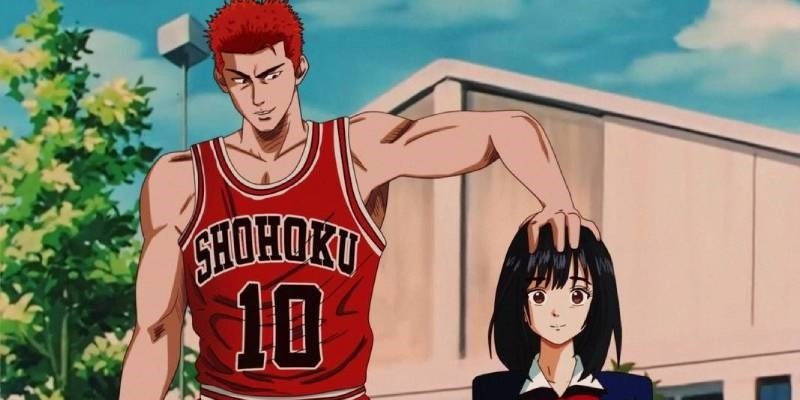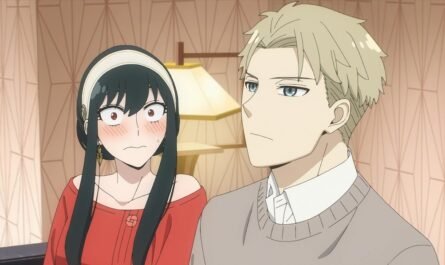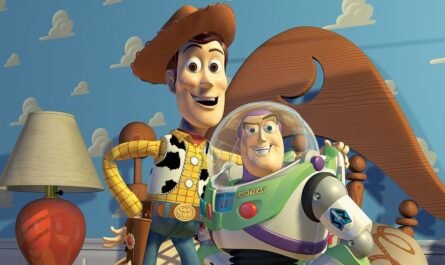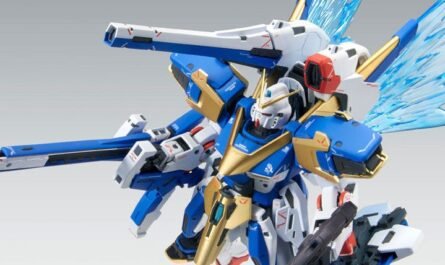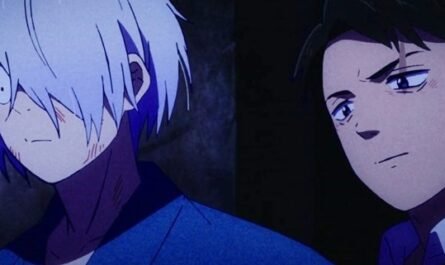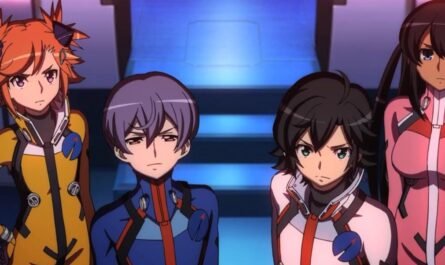Rather than listening to the motto of the Arafo generation, I think that listening to their favorite character in “SLAM DUNK” will give them a better view of life. Yes, it is the story of the movie “THE FIRST SLAM DUNK,” released the other day.
The original author, Takehiko Inoue, directed and wrote the screenplay for this much-talked-about film, which attracted 840,000 viewers in two days and grossed 1,296 million yen at the box office. However, it was more than just a good topic; the publicity method and the production team were often criticized.
The most criticized was the timing of lifting the ban on the new voice actors. Initially, it was kept secret whether it was a completely new work or a sequel to the TV animation, so many fans were expecting a sequel to the anime at the ticket advance sale stage. However, when the new cast was announced after the sale, voices of disappointment spread.
There was also the sad news that one of the leading members, Kiyoyuki Yanada, who played Gori (Takaki Akagi), passed away, and there must have been various reasons behind it. According to Inoue-sensei’s interview, he wanted to make this work feel natural, and that’s why he felt terrible about using voice actors at the time because he would have to throw away his previous actions. Revealing.
The more I hear it, the more I feel uneasy. I hear such a voice. Slam dunk has a problematic point in that there are various fans, such as fans of the original and anime and fans who like the original but have yet to see the anime.
Even though the content has such a significant impact, for some reason, this promotion was thoroughly disseminated. I wonder if that was not the direction to increase the excitement but only fueled anxiety. Whether he’s a fan of the original work or an anime, he must have thought, “My youth will be denied.” Looking at Mr. Inoue’s remarks at the time of serialization, he doesn’t have a very good feeling about TV animation.
As if to add to the blow, an interview with a production staff member in their twenties who said, “I thought, ‘Slam Dunk,’ can you grasp the hearts of boys like this?” was also criticized. It was unavoidable for a generation not to know the original work, but for the fans who had been skeptical until now, I wonder if it made them feel like their precious memories were tainted.
Is the picture slimy? Are there any changes to the original? Good points and bad points
There are already many reviews by viewers, but not many negative impressions, even though it was criticized so much. It seems more like a compliment. I also saw the scene where the Shohoku members were walking in the first 5 minutes, and I cried for 2 hours and got into the movie.
As someone who joined the basketball club after reading Slam Dunk, I didn’t care about what the public called “the slimy picture” but instead felt the reality of the basketball scene and the sounds.
The snapping sound of catching a leather ball and the sense of close contact and pressure you feel when you are being defended. And Hanamichi Sakuragi is an amateur with a basketball experience of 4 months.
From the player’s point of view, he stands in a strange position (the reason for this is implied in the original work), and when the others around him are low on defense, it feels like he’s the only one with a high center of gravity. Unfortunately, this wasn’t recreated in the anime. On the other hand, the many points of criticism include many flashback scenes and the lack of gag scenes.
There is also a sense of incongruity that only fans of the original can understand, such as ‘That’s an episode with another character’ and ‘That character should appear here. However, to focus on the realism of the basketball scene, this movie took a serious direction as much as possible. So for those who liked the comical tempo and dialogue of the original and anime, it should be unsatisfactory.
Also, even if there are pros and cons in the early episodes and the last, to depict the player’s growth in 2 hours, the story may not have progressed without an easy-to-understand “external pressure”. Voice actors are already a matter of taste. I loved Tsuyoshi Kusao’s version of Hanamichi in the anime because he was energetic, stupid, obedient, and cute, but Subaru Kimura also performed well.
Even though Rukawa is a taciturn character, he was flustered through the beginning, and I was worried that there were too few lines. Also, Miyagi Ryota’s voice and atmosphere are too calm, and it’s a miscalculation in a good way that it loses the persuasiveness of the setting of being dumped by girls.
What “THE FIRST SLAM DUNK” wanted to convey to fans and audiences was gratitude and “questions”?
The meaning of “THE FIRST” does not mean that the past, including animation, will be “zero” and repartitioned. Through the “top” era of Shohoku, I felt that this is a movie that returns to the “origin” of asking the audience, “Do you like basketball?” According to an interview with Inoue-sensei, he repeatedly turned down the idea of making the film into a movie. Still, his desire to “make the original work and anime fans happy” was the driving force behind his taking the megaphone. And his growth as a manga artist was also linked to the main character’s development. Still, as he got older, he wanted to focus on “pain” and “things that went wrong.” he was also talking about Shonen manga, and “pain” are inseparable. I think this can be said for the manga and the “youth” that everyone has.
The bitterness of losing, parting with loved ones, and irreversible failures in human relationships. Frustration and despair towards my ugly self. Seeing this movie, I thought for the first time that the antonym of “genius” might not be “ordinary person” but “hard worker.” Sometimes it’s more painful to be shown a dream that looks like it will reach you rather than giving up if you’re not suited for it.
Through the film, Inoue-sensei wanted to speak once again to the audience, whether they were fans of the original work, anime fans, or generations who did not know the actual, who knew the pain. “Do you like your youth with Slam Dunk ?” Fuji Sea Neko Daily Shincho Editorial Department

